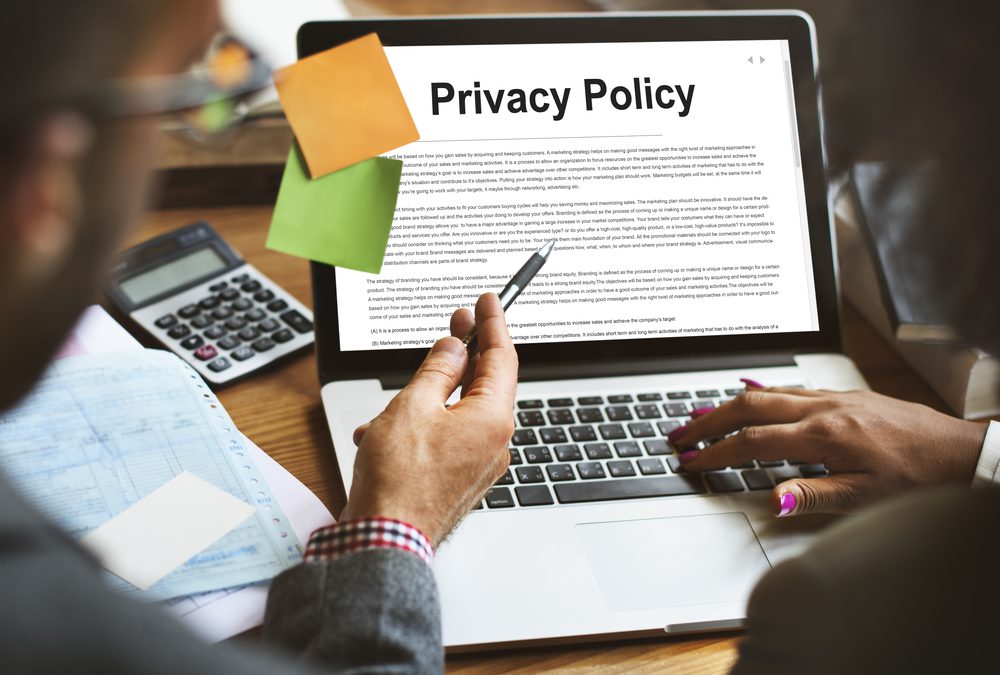Does it seem like almost every website you encountered in the last month updated their privacy policy or their terms of use? That’s because they most likely did — and you’re required to know about it. Breaking down these changes will help you understand what exactly is going on.
What is a privacy policy?
According to the glossary on the International Association of Privacy Professionals website, a privacy policy is a document that lays out how organizations handle customer information gathered on their websites. Privacy policies internally govern what employees can do with customer information. Externally, these policies tell customers what information they collect and how they use it.
Why all the updates?
In April 2016, the European Union Parliament approved the General Data Protection Regulation (GDPR), coined as the “most important change in data privacy regulation in 20 years.” This new regulation has two main principles: 1) companies need consent to collect data and 2) customers should be required to only share data that is necessary for services. This new regulation went into effect on May 25, 2018. While it only applies to the European Union, there’s virtually no boundaries in a world connected through the internet. Any organization with customers in the European Union must comply with these new regulations. Any organization that doesn’t comply could face a fine up to 4% of their global revenue.
What does this mean for users?
When you go to a website, you have a pesky pop-up box letting you know they updated their privacy policy or their terms of use. You have the option to “Learn more” or to close the box and move on. Rather than closing the box, opt to “Learn more” and see exactly what changed. A great benefit of the GDPR is the elimination of ambiguous language. Organizations must now be more specific about what information they gather and how they use it. GDPR ultimately gives users more control over what information they want shared. Twitter’s new privacy features are a great example of the increase in privacy controls.
As annoying as these pop-up windows may seem, next time you may want to consider looking over those changes. These changes aren’t bad, after all, especially because they provide more privacy in a world where internet safety is declining.
Text by Jonathan Mendoza


